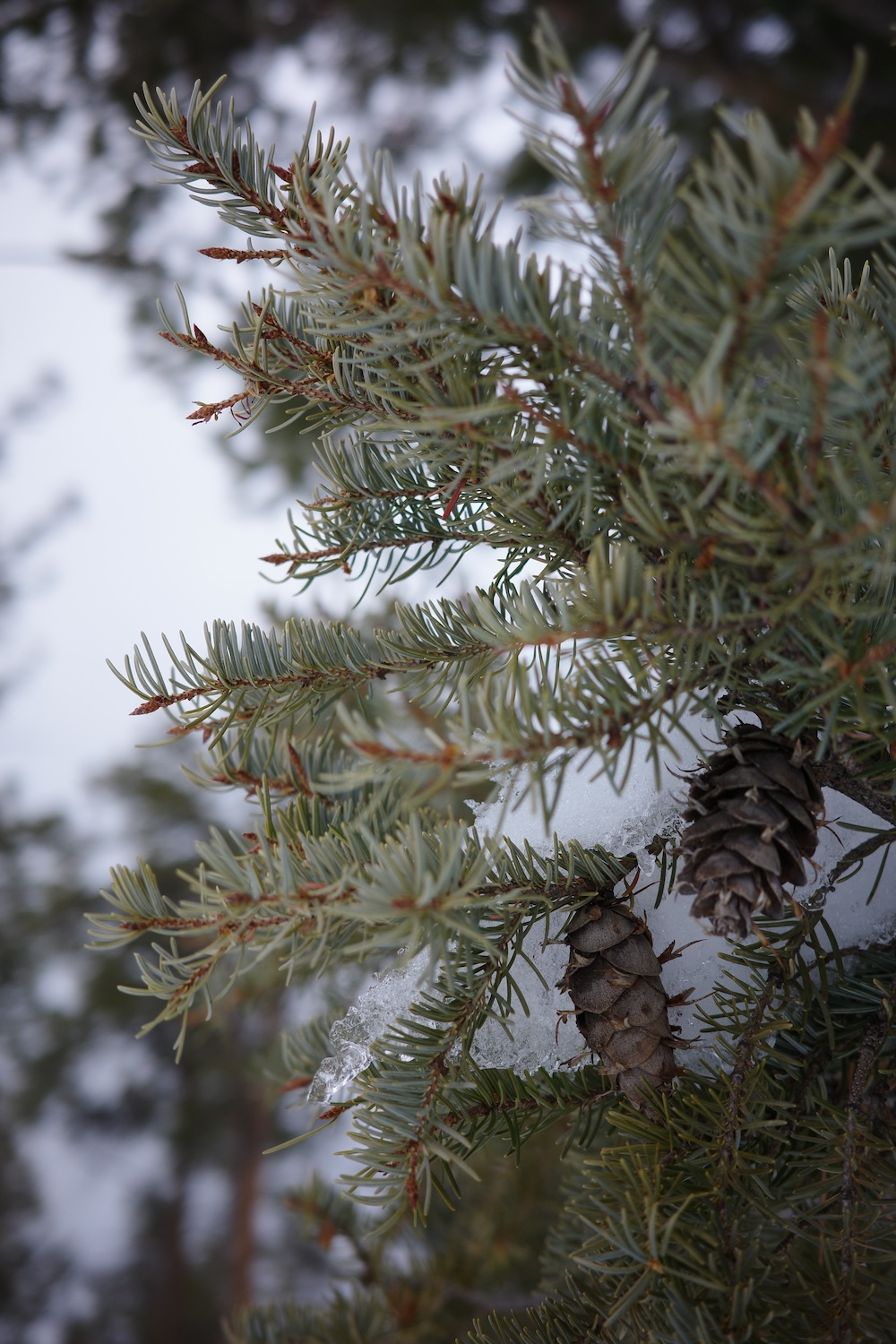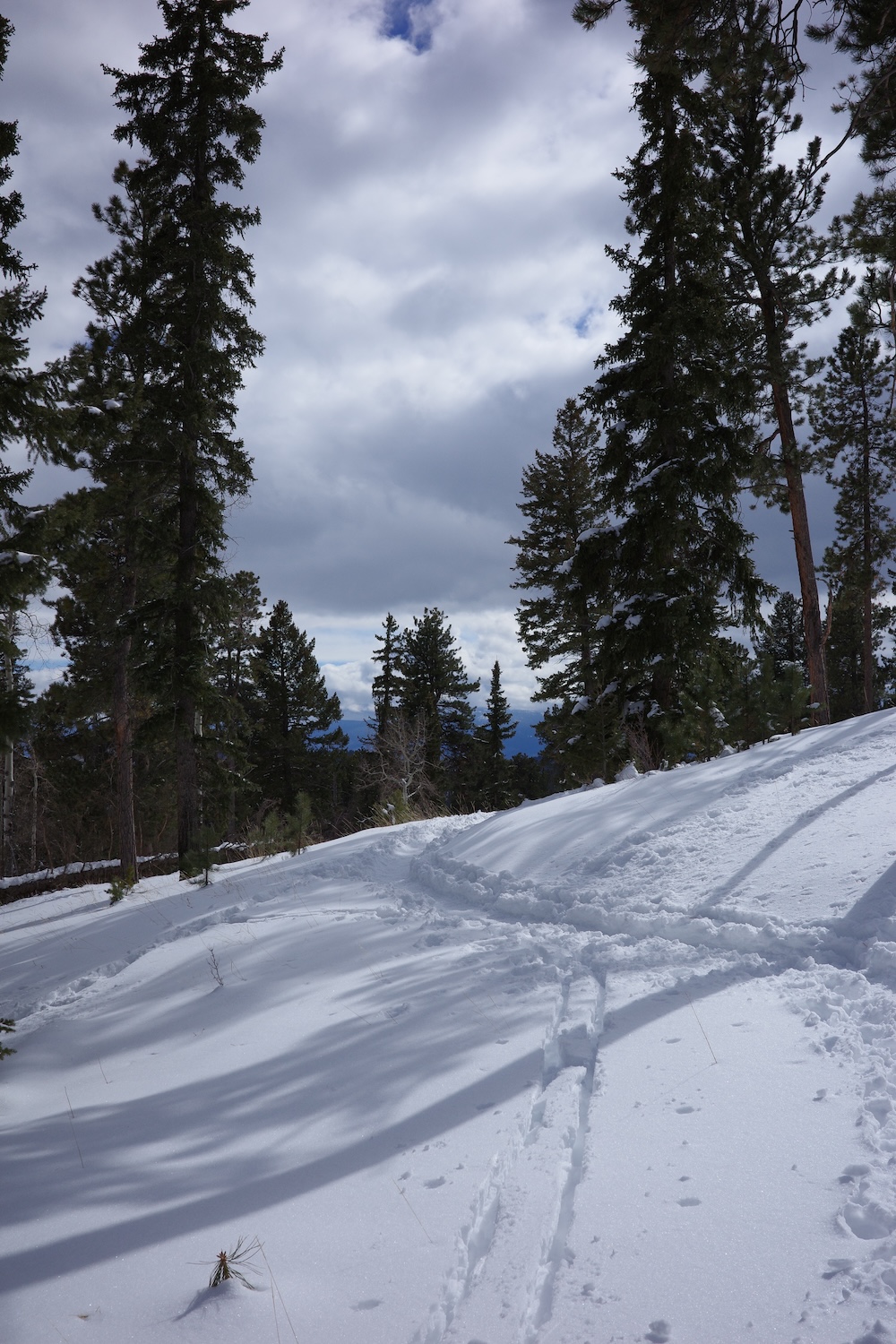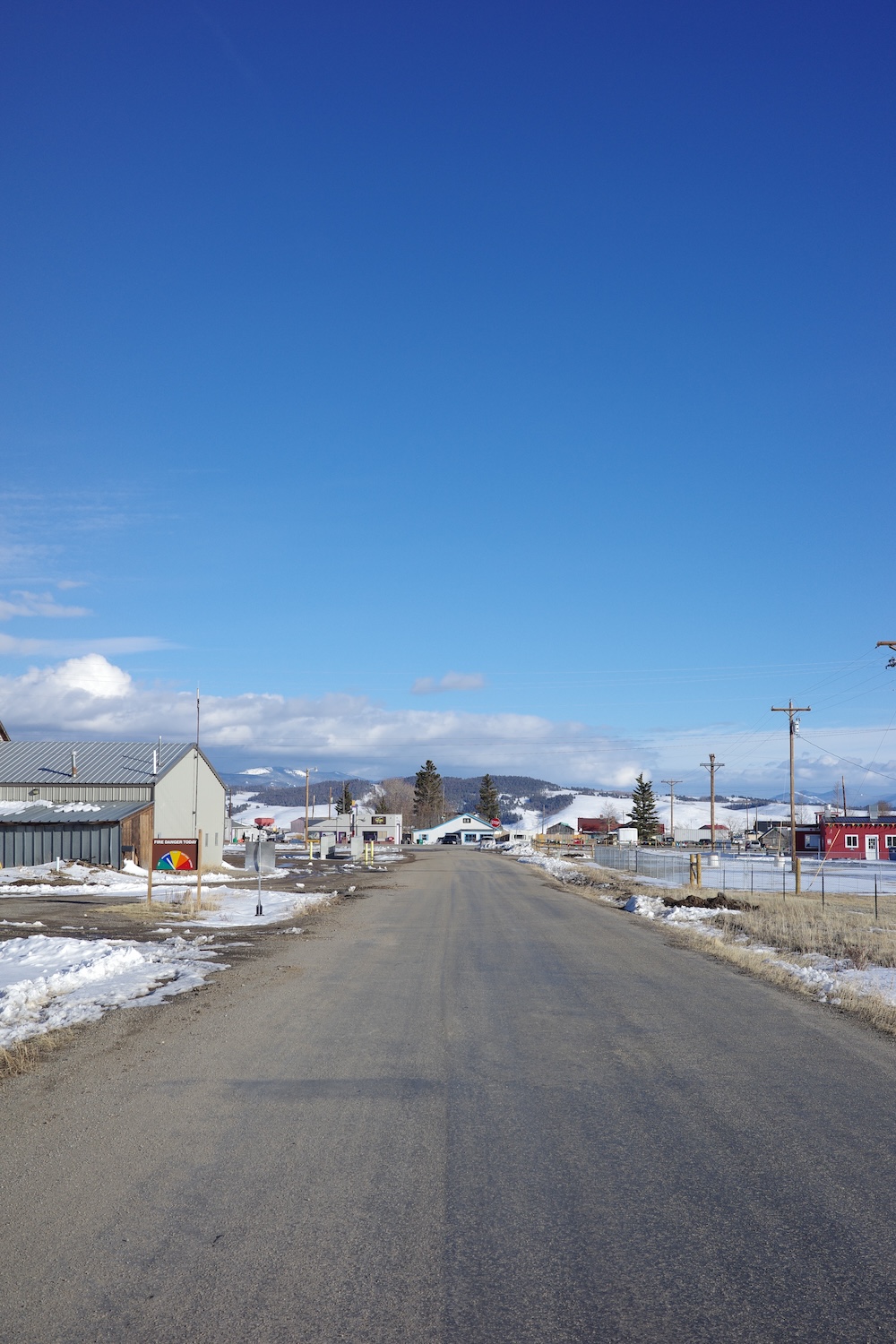Location: The Rocky Mountains stretch from northern British Columbia in Canada to New Mexico in the United States, spanning approximately 3,000 miles (4,800 kilometers). Name Origin: The name “Rocky Mountains” comes from a translation of the Native American name “As-sin-wati,” which means “Rocky Mountains.”
Highest Peak: Mount Elbert in Colorado is the highest peak in the Rocky Mountains, standing at 14,440 feet (4,401 meters). Notable National Parks: The Rockies are home to several national parks, including Rocky Mountain National Park in Colorado, Glacier National Park in Montana, and Banff and Jasper National Parks in Canada.
Age: The Rocky Mountains began forming around 80 to 55 million years ago during the Laramide orogeny. Types of Rocks: The mountains are composed of a variety of rocks, including sedimentary, igneous, and metamorphic rocks, with some of the oldest rocks being over 1.7 billion years old.
Flora: The Rockies feature diverse plant life, from sagebrush and cacti in the lower elevations to alpine tundra at higher elevations. Fauna: The region is home to numerous animal species, such as grizzly bears, wolves, elk, moose, mountain goats, and bald eagles.
Varied Climate: The climate in the Rocky Mountains varies greatly depending on elevation and latitude, ranging from desert conditions in the southern ranges to cold, snowy conditions in the northern ranges. Snowfall: Some areas of the Rockies receive significant snowfall, making them popular destinations for winter sports.
Outdoor Activities: The Rockies are a major destination for outdoor enthusiasts, offering activities such as hiking, skiing, snowboarding, mountain biking, and fishing. Scenic Drives: Famous scenic drives in the Rockies include the Going-to-the-Sun Road in Glacier National Park and the Icefields Parkway in the Canadian Rockies.
Native American Heritage: Various Native American tribes, including the Ute, Shoshone, Blackfoot, and Crow, have historically inhabited the Rocky Mountain region. Historic Trails: The Rocky Mountains were traversed by early explorers and settlers, with historic trails like the Oregon Trail and the Santa Fe Trail passing through the region.
Continental Divide: The Rocky Mountains contain the Continental Divide, which separates the watersheds that drain into the Pacific Ocean from those that drain into the Atlantic Ocean. Hollywood Fame: The Rockies have been featured in numerous movies and TV shows, making them a recognizable symbol of rugged natural beauty.



















